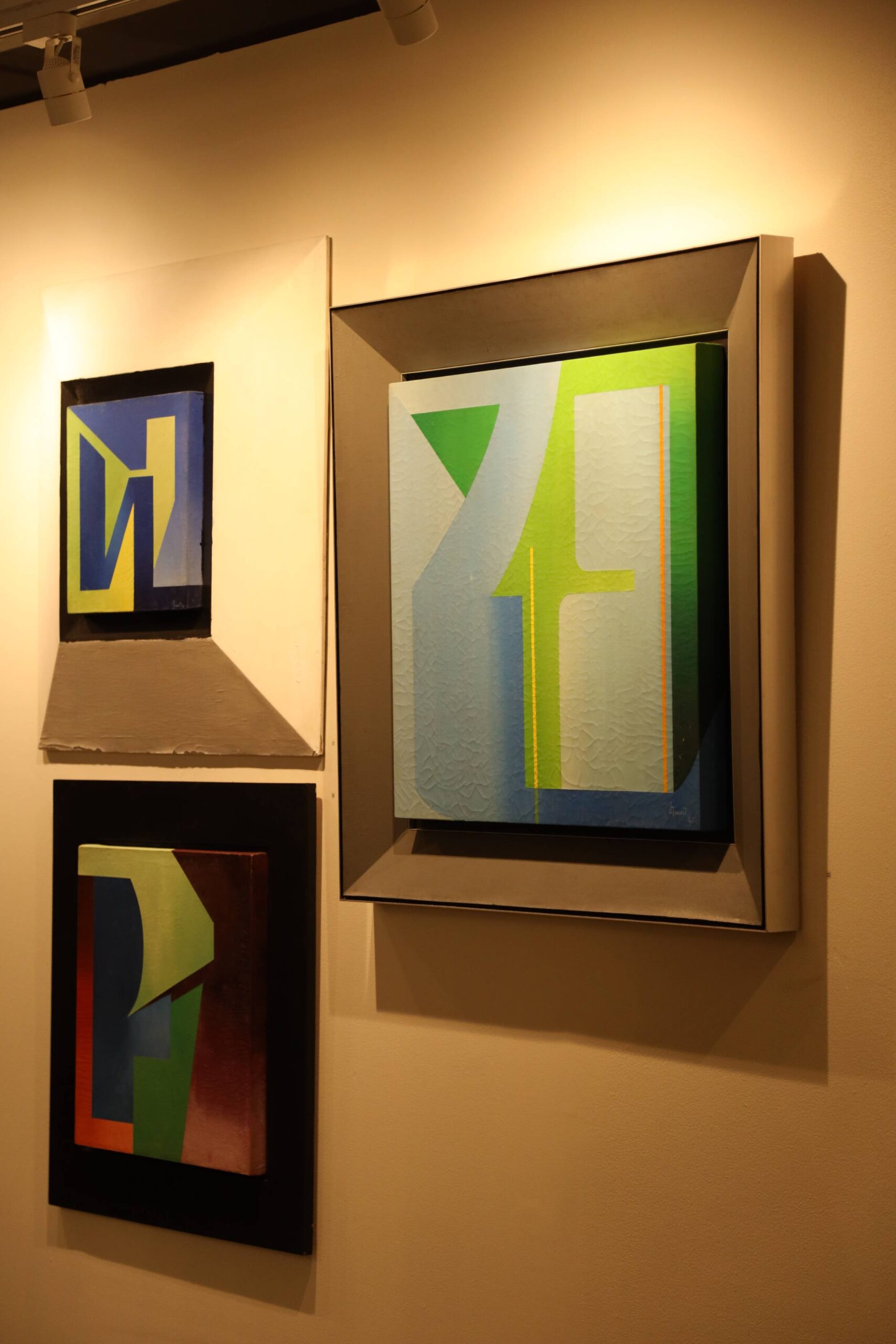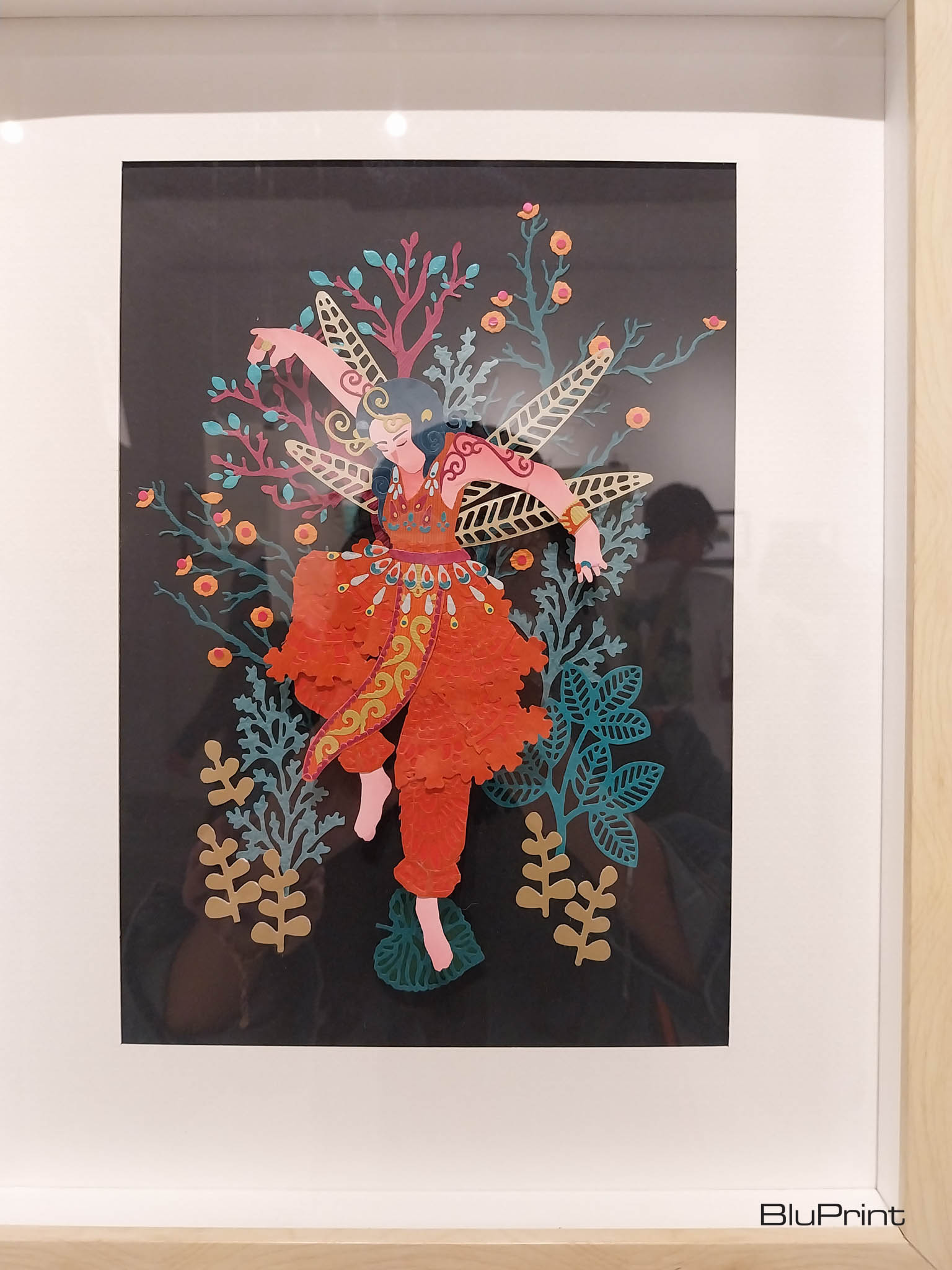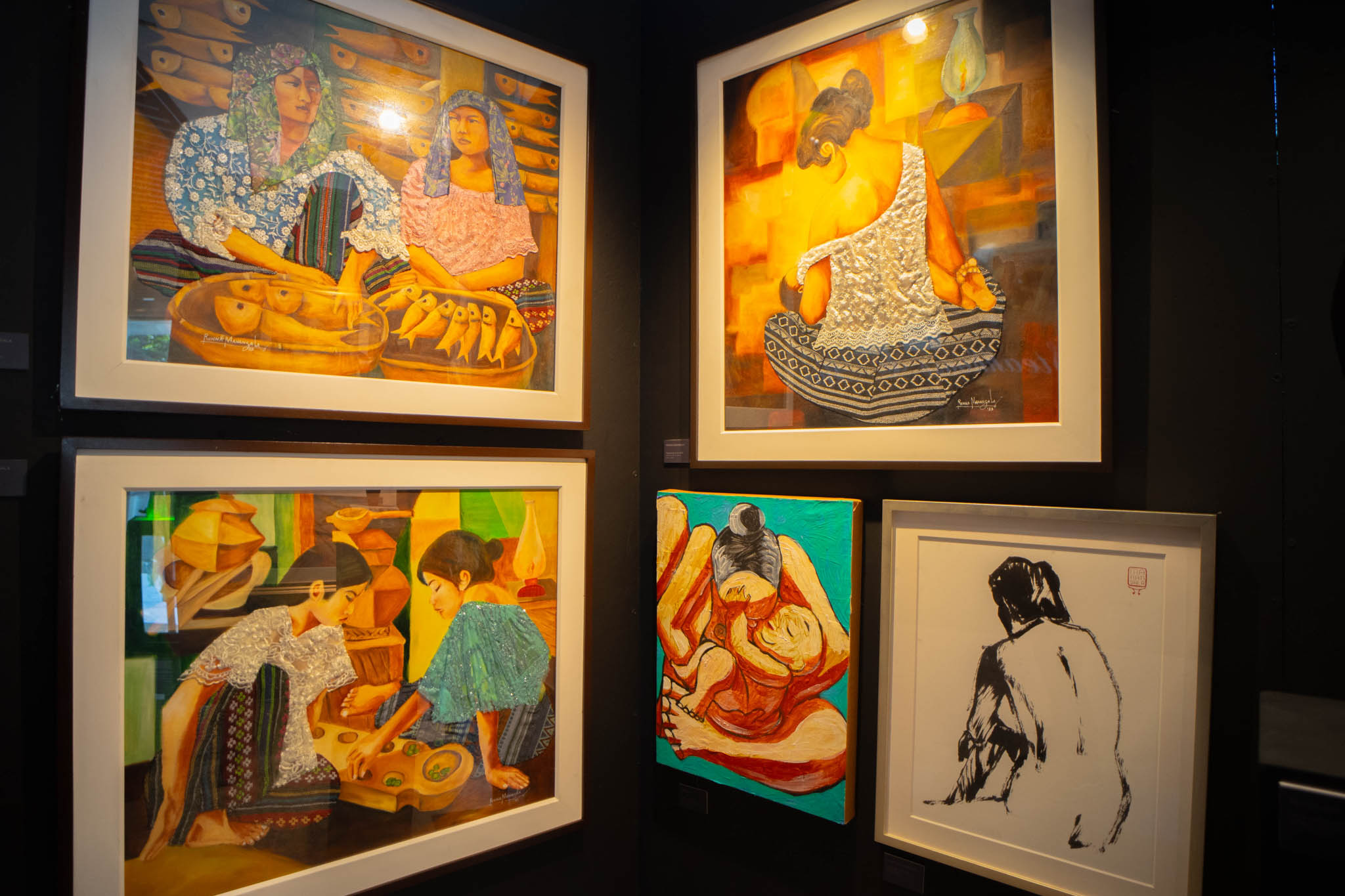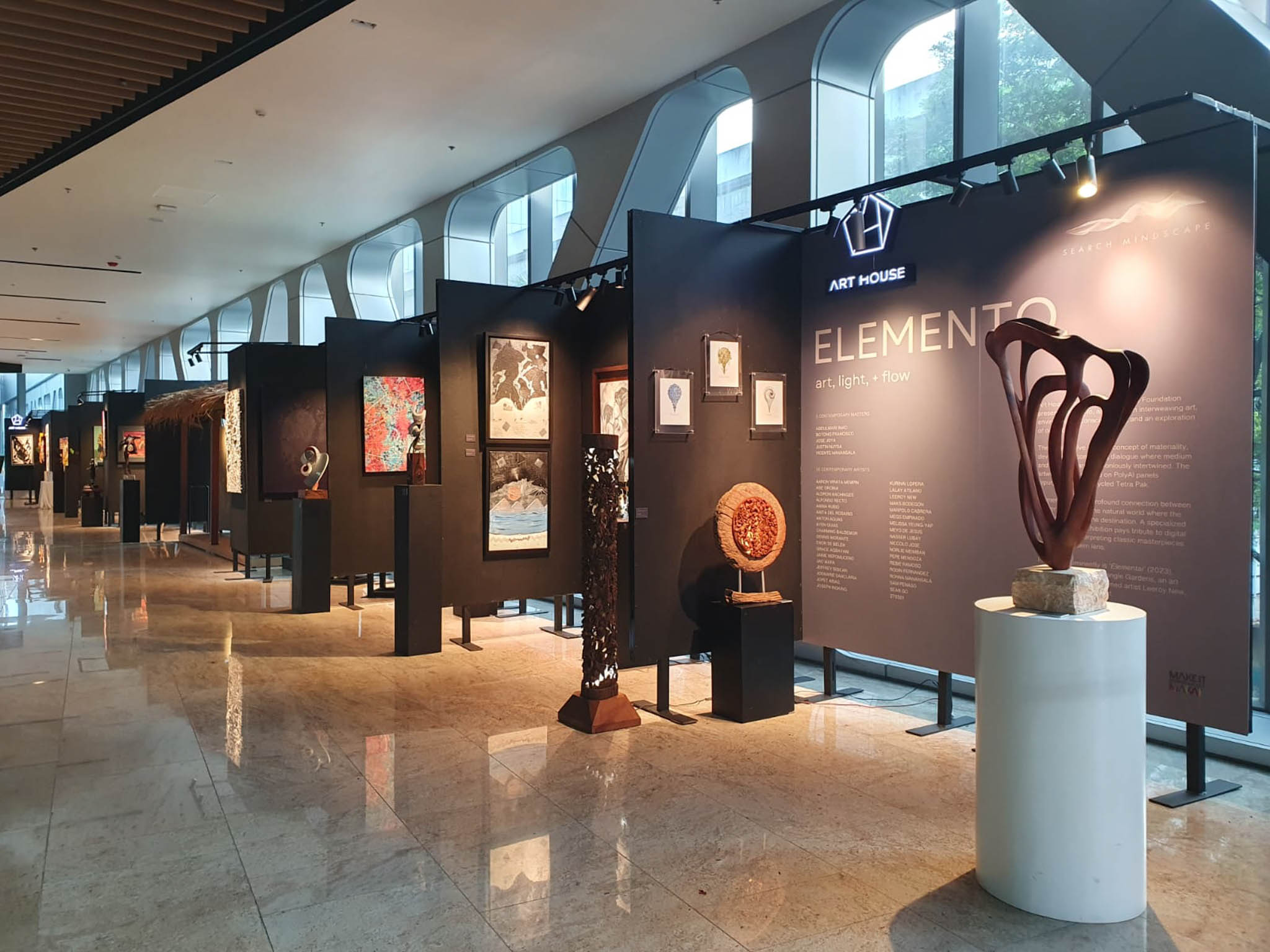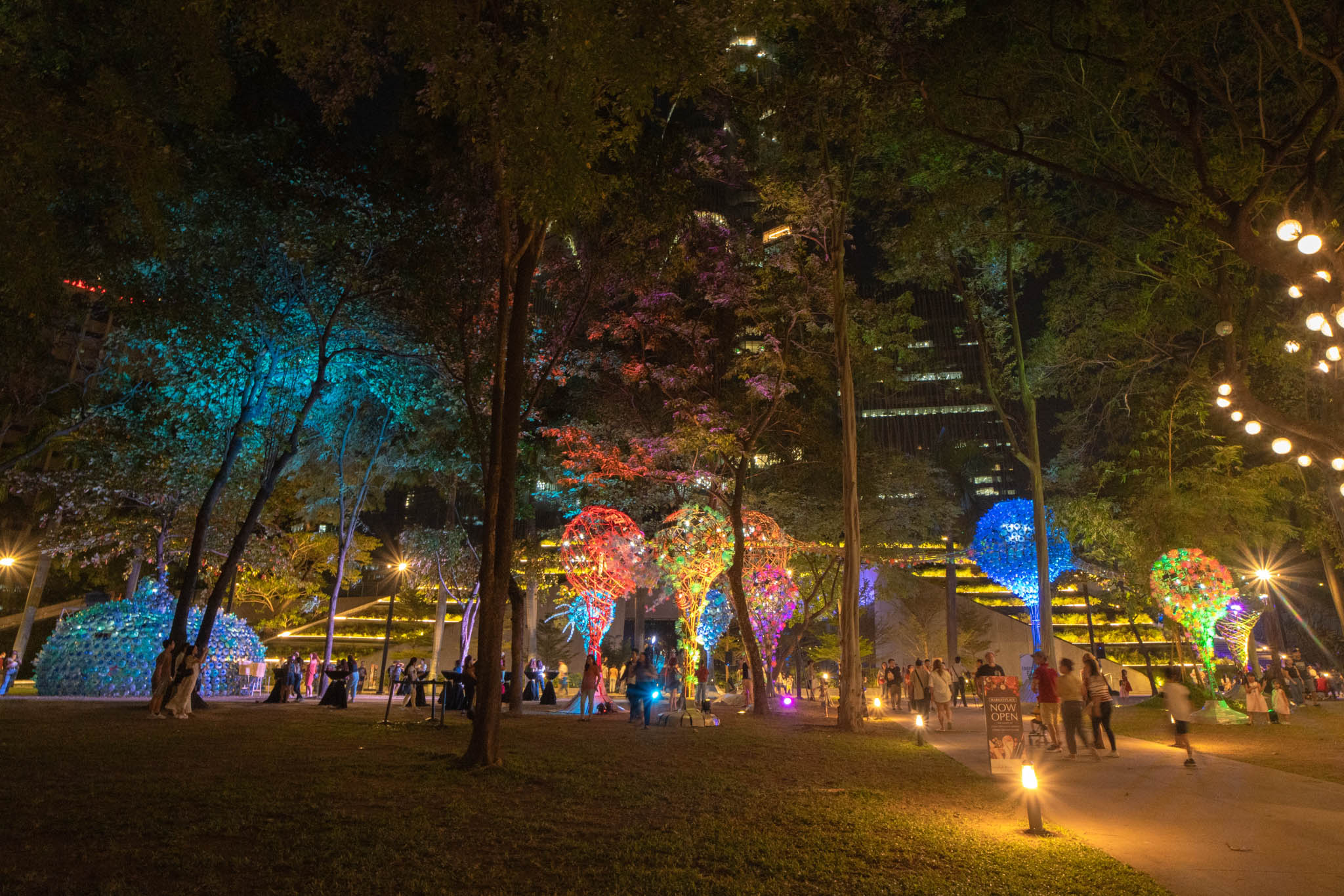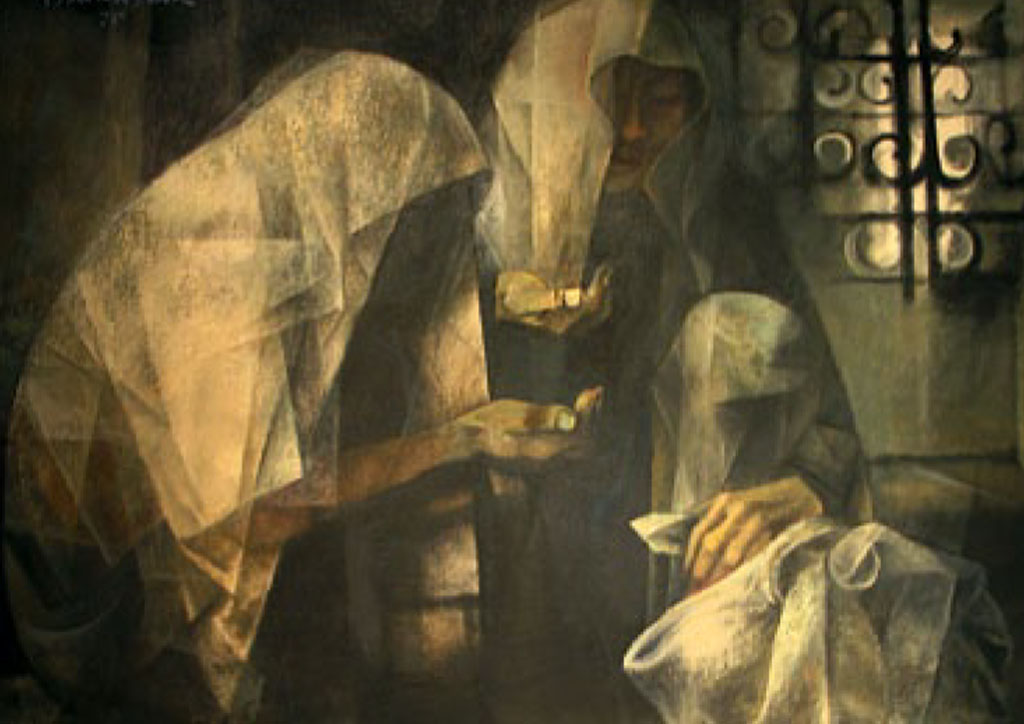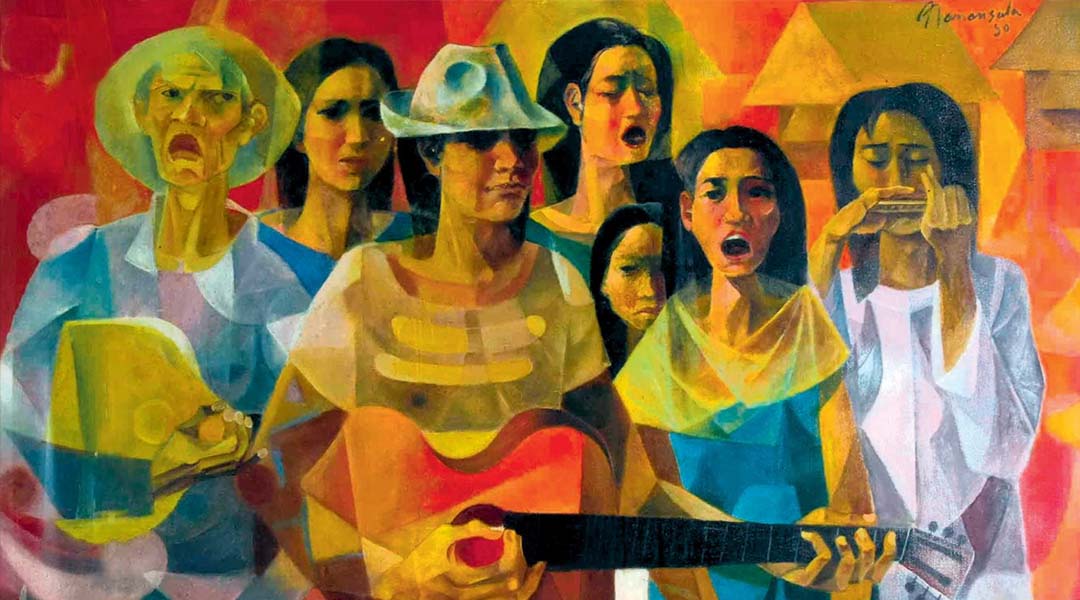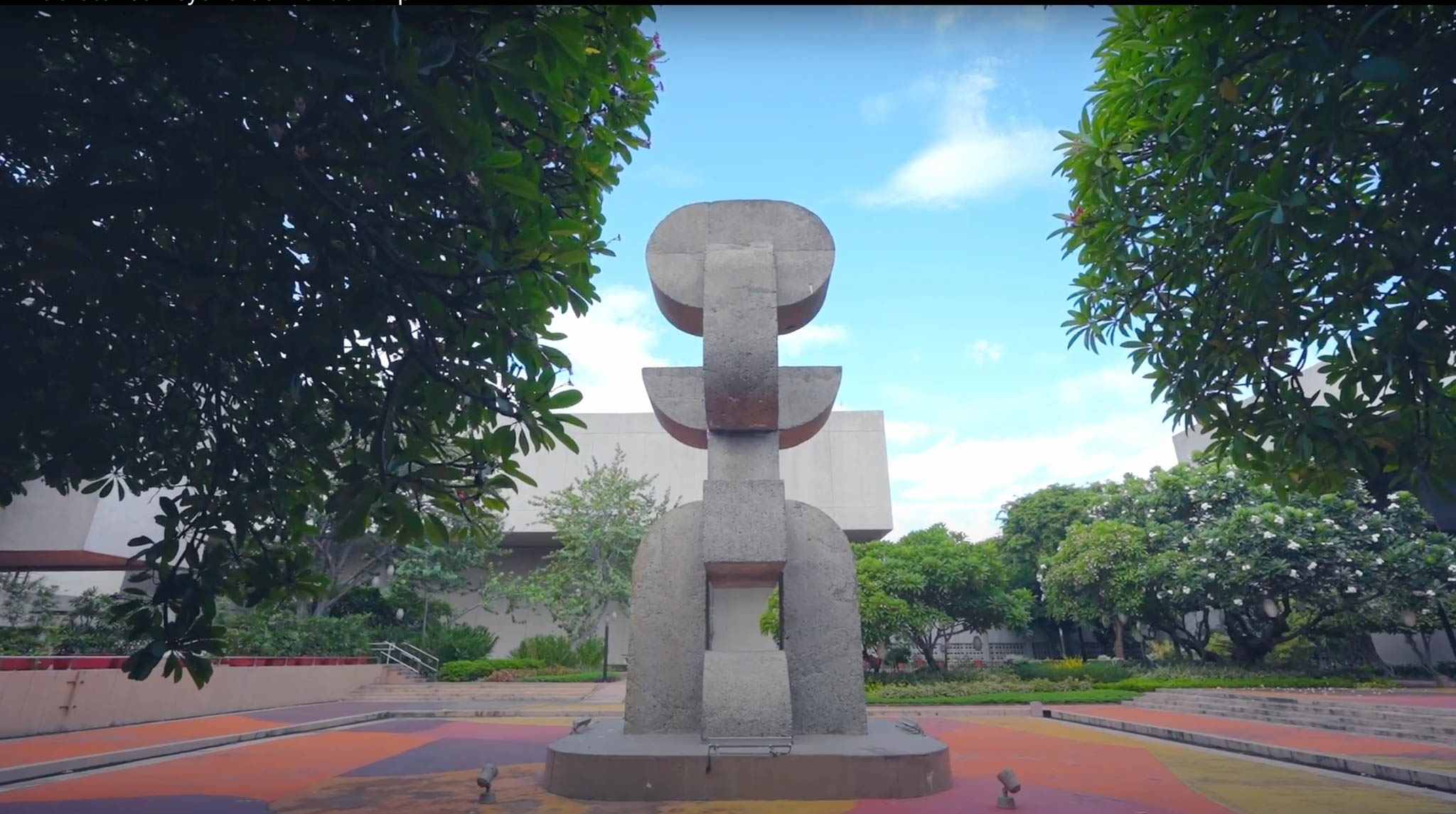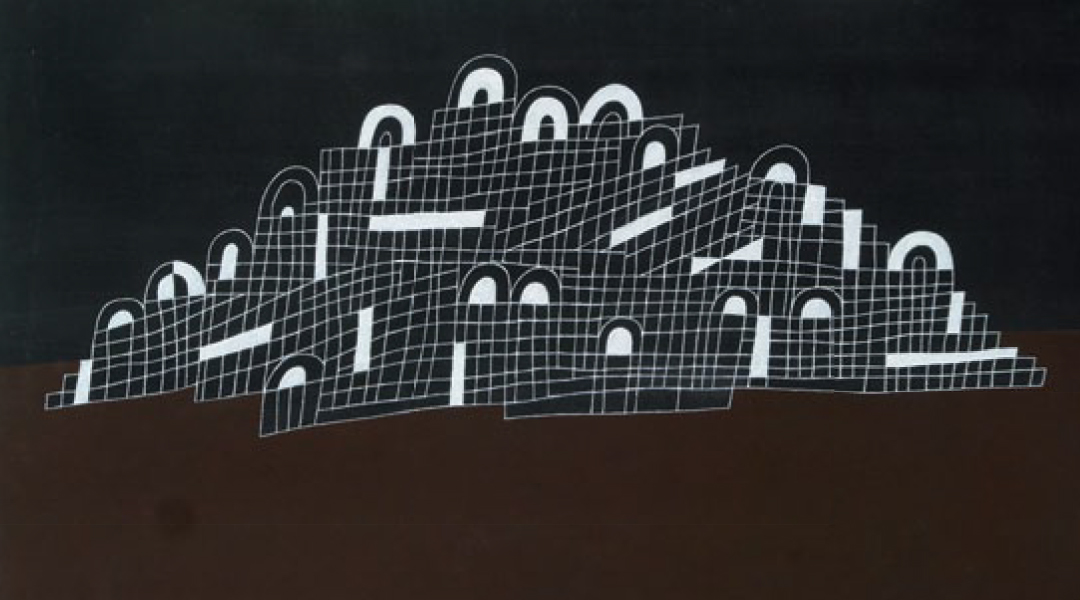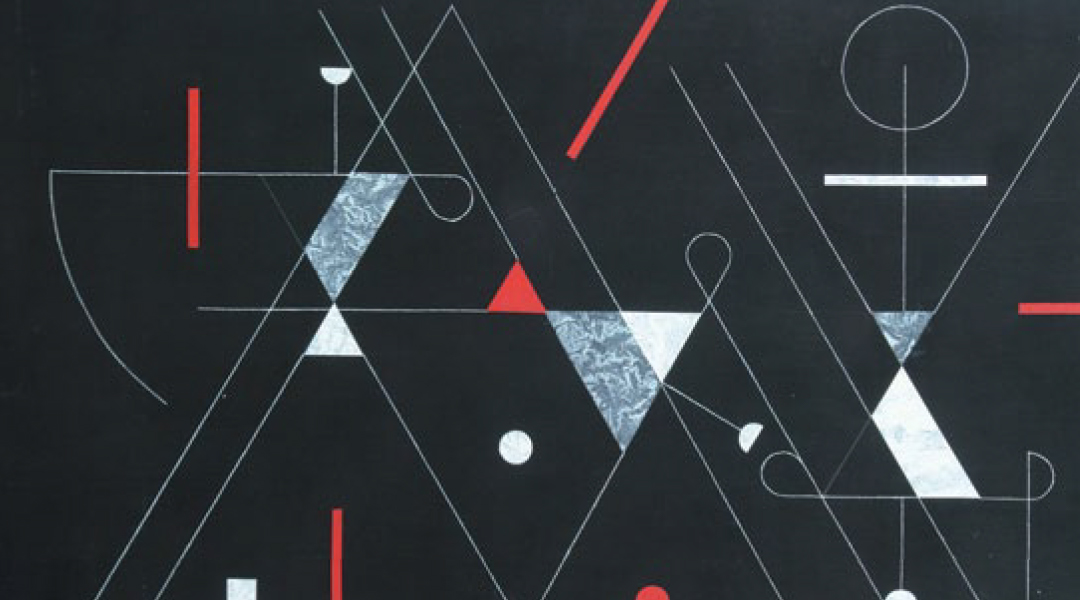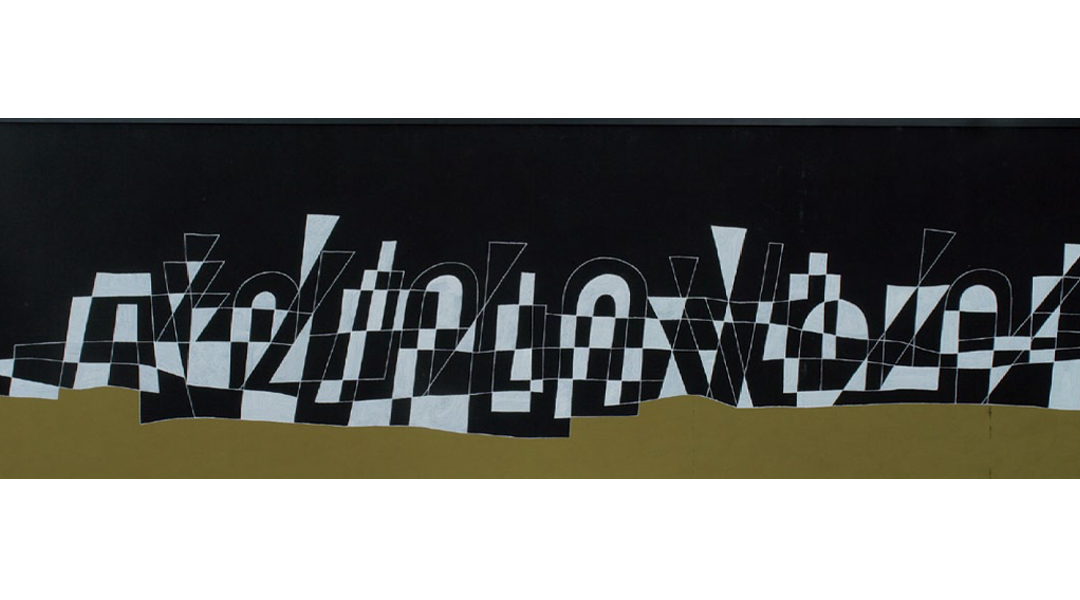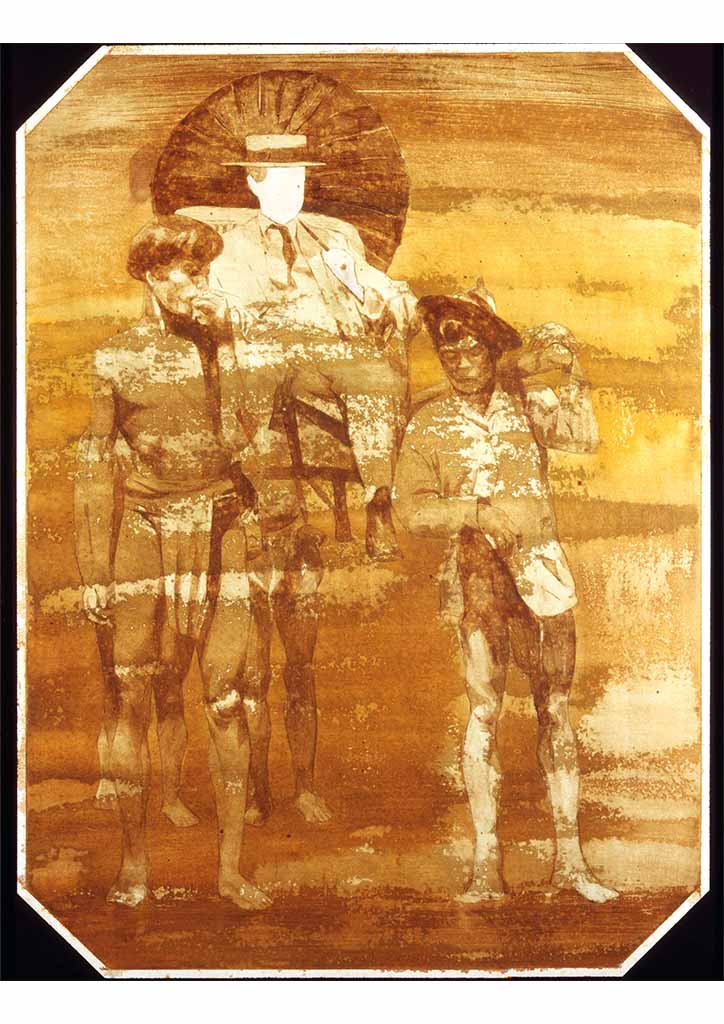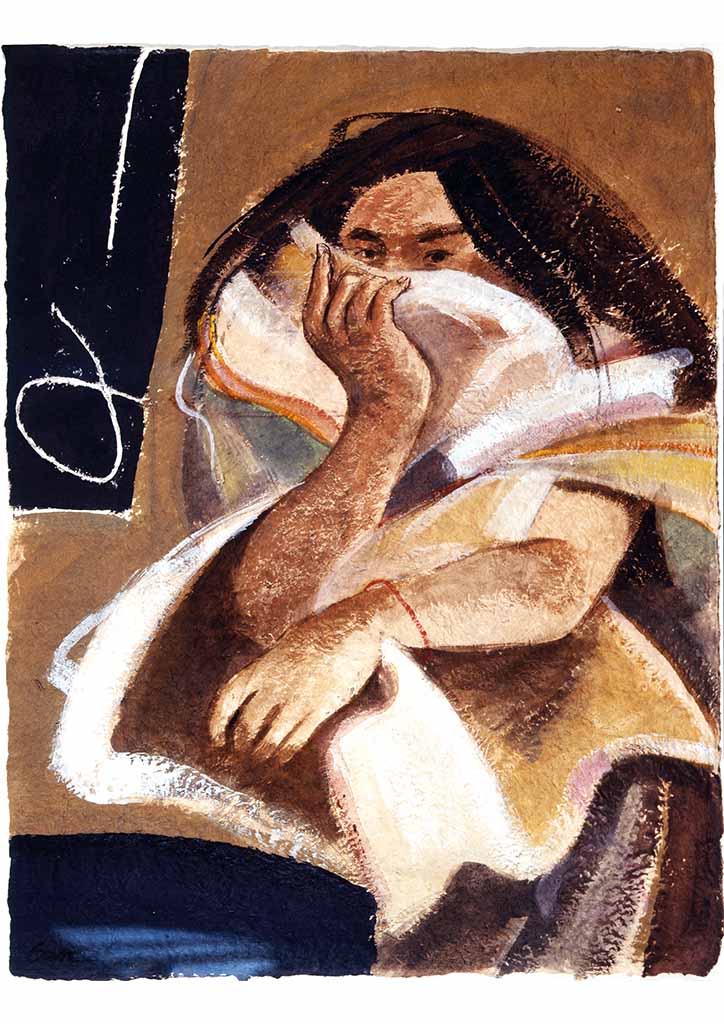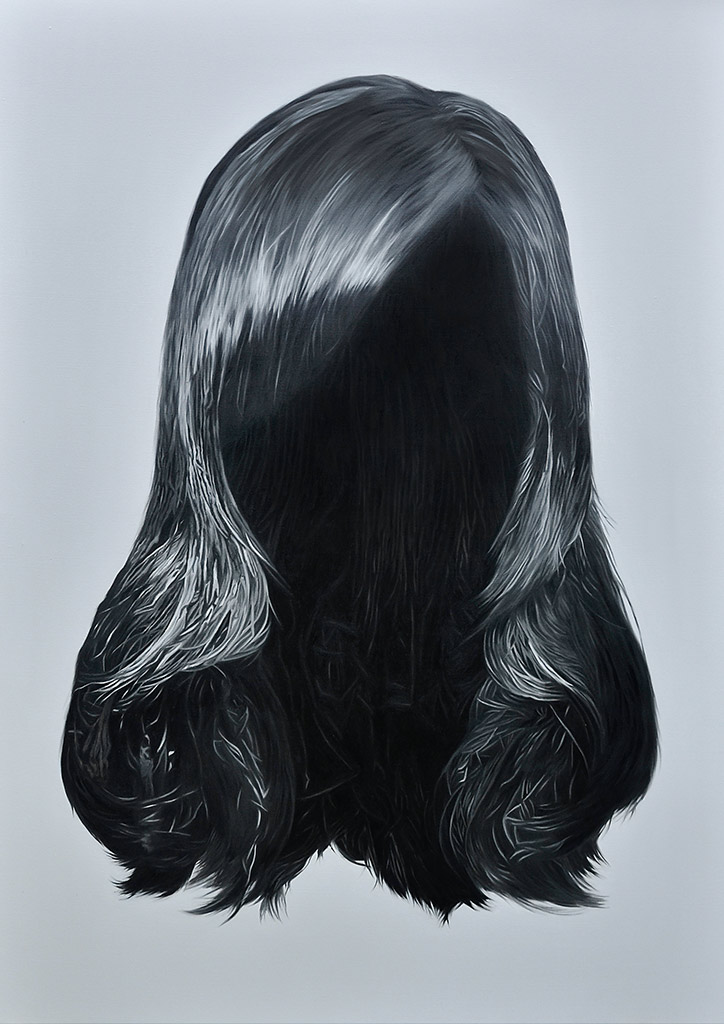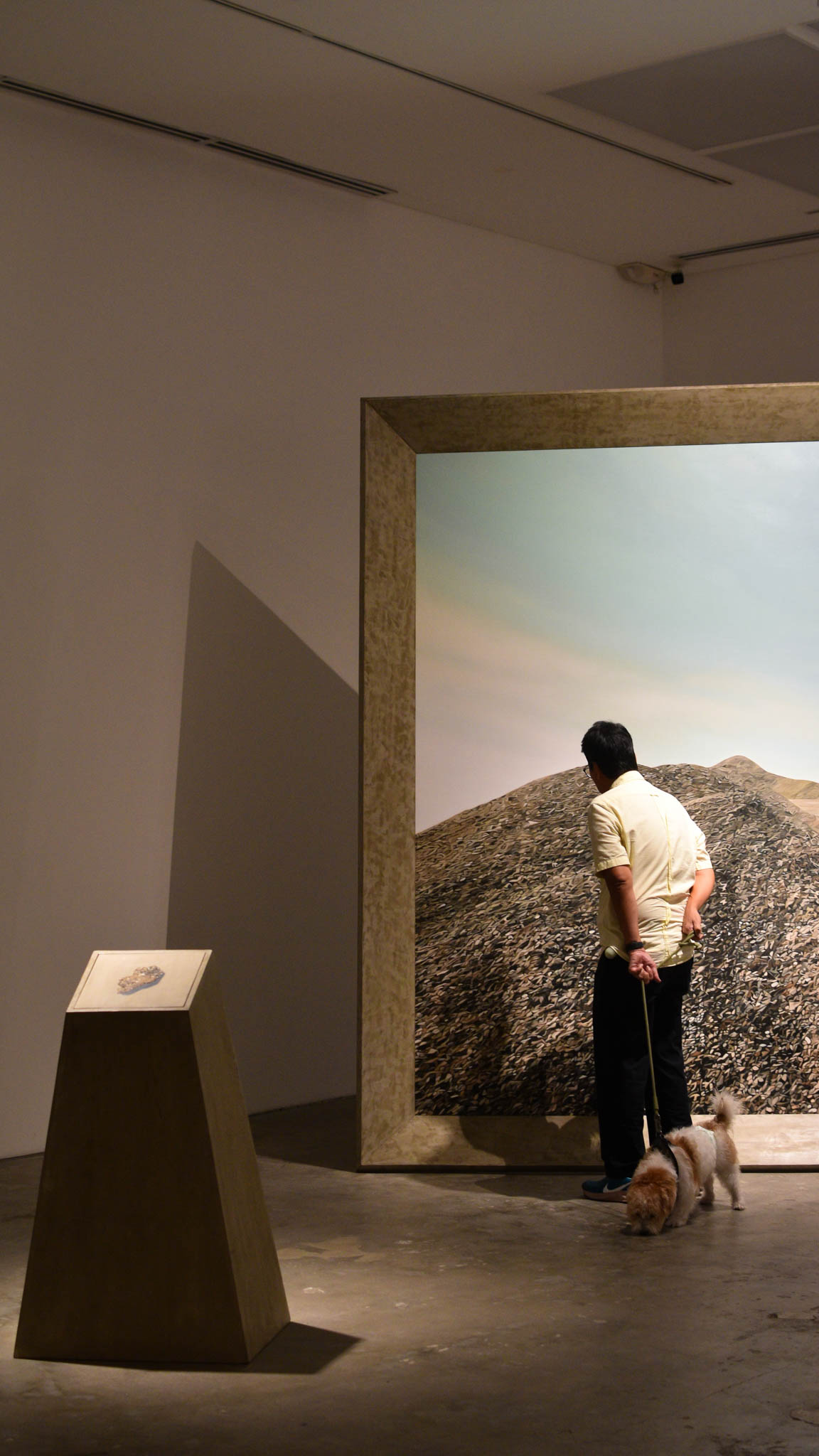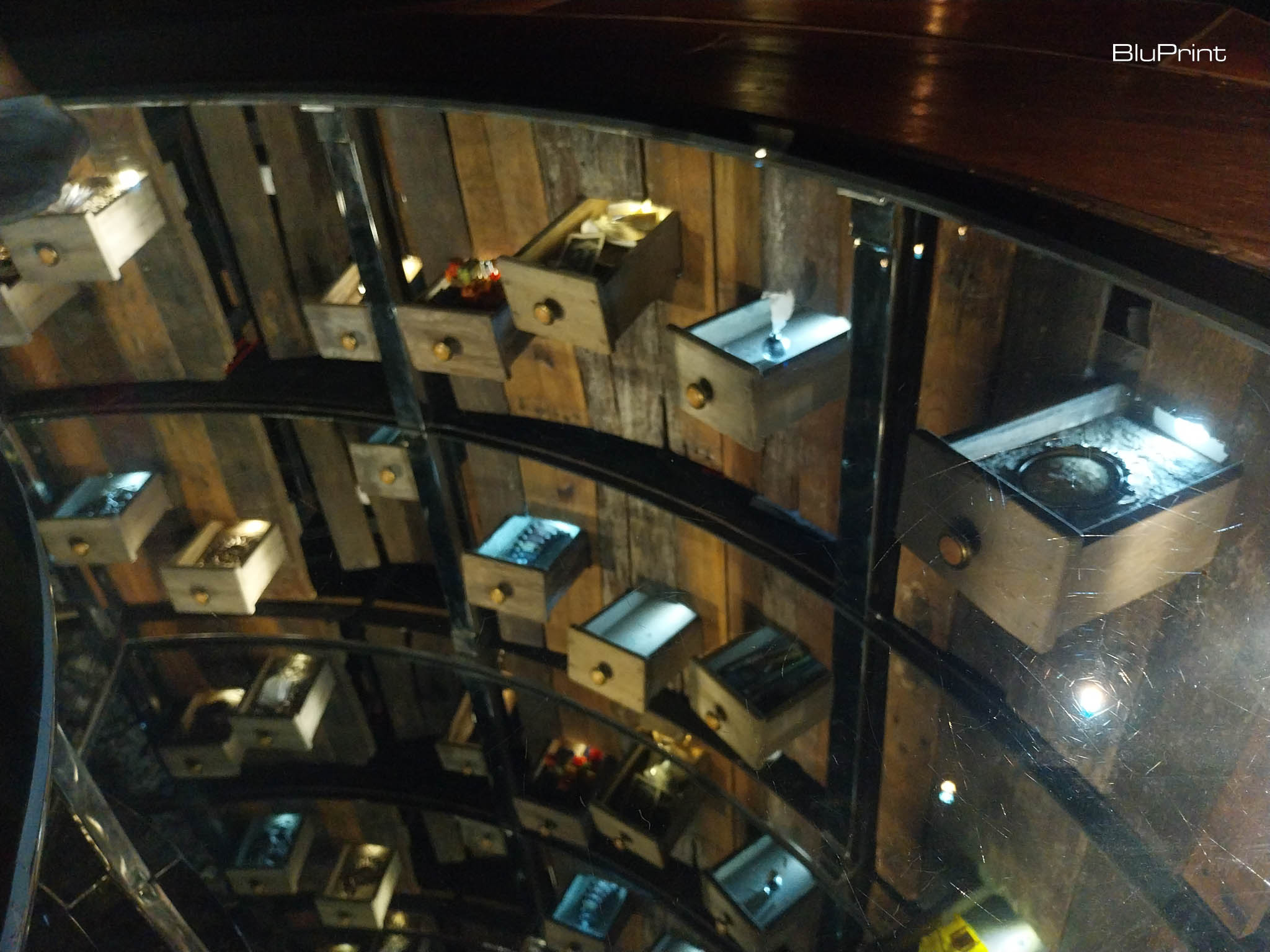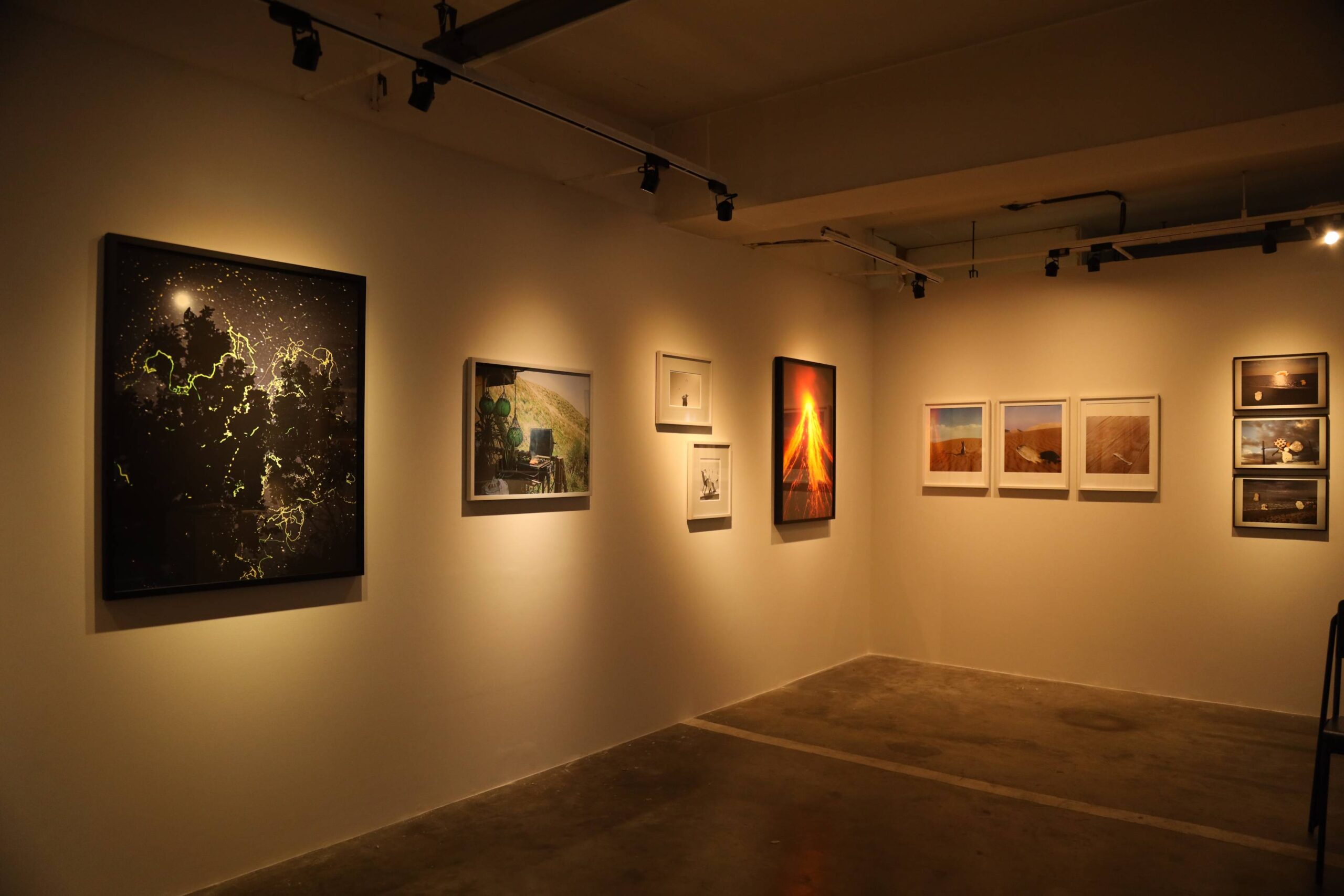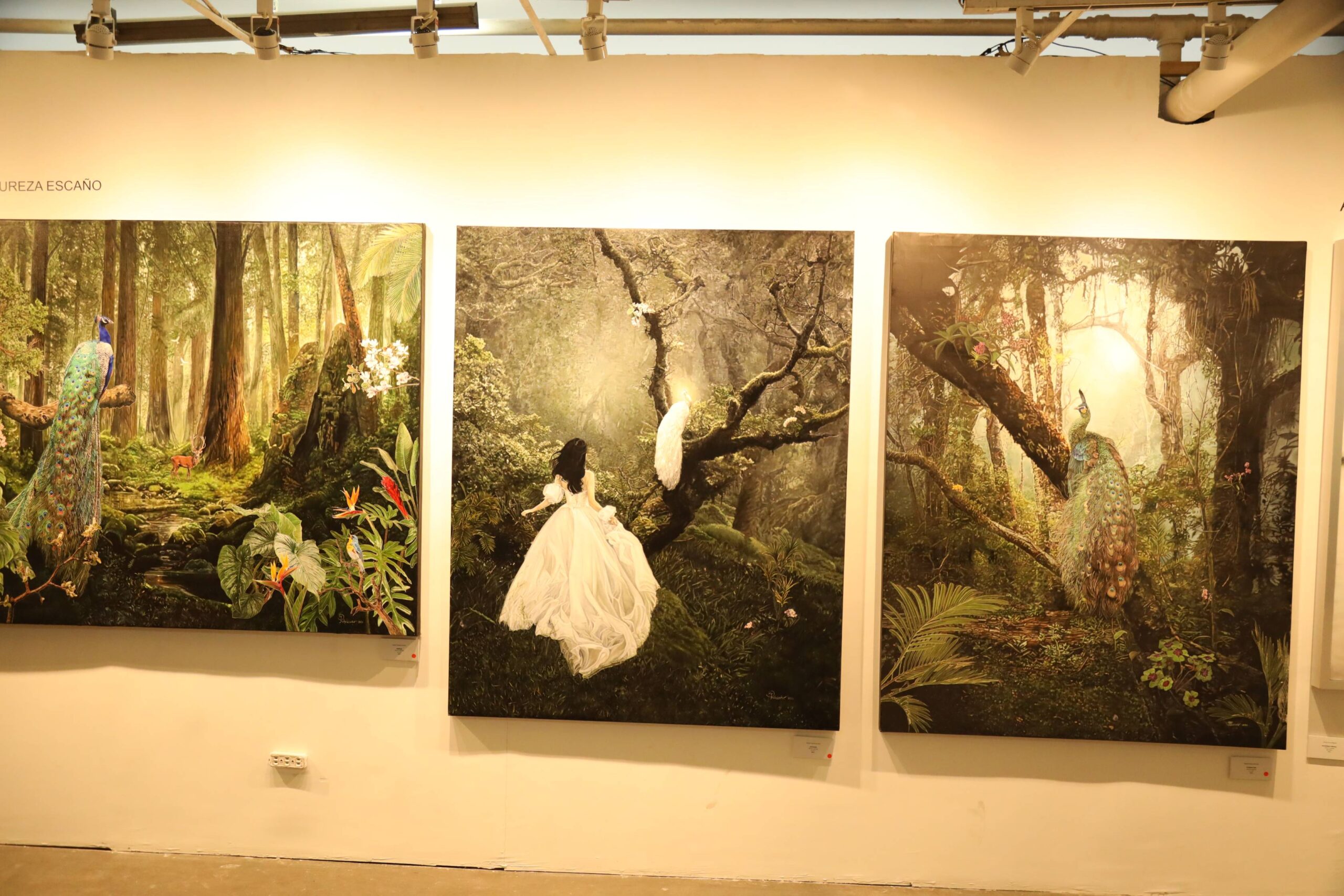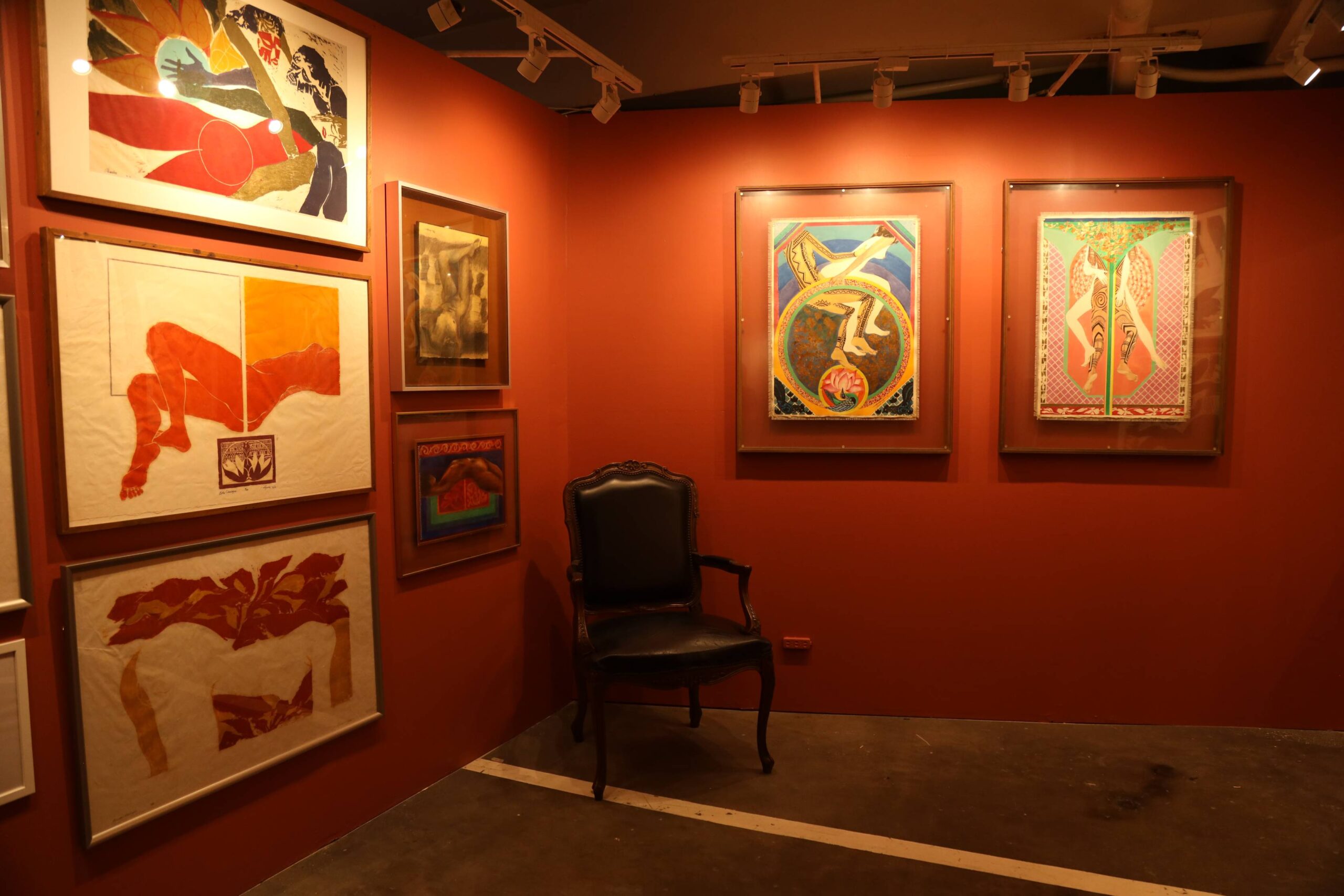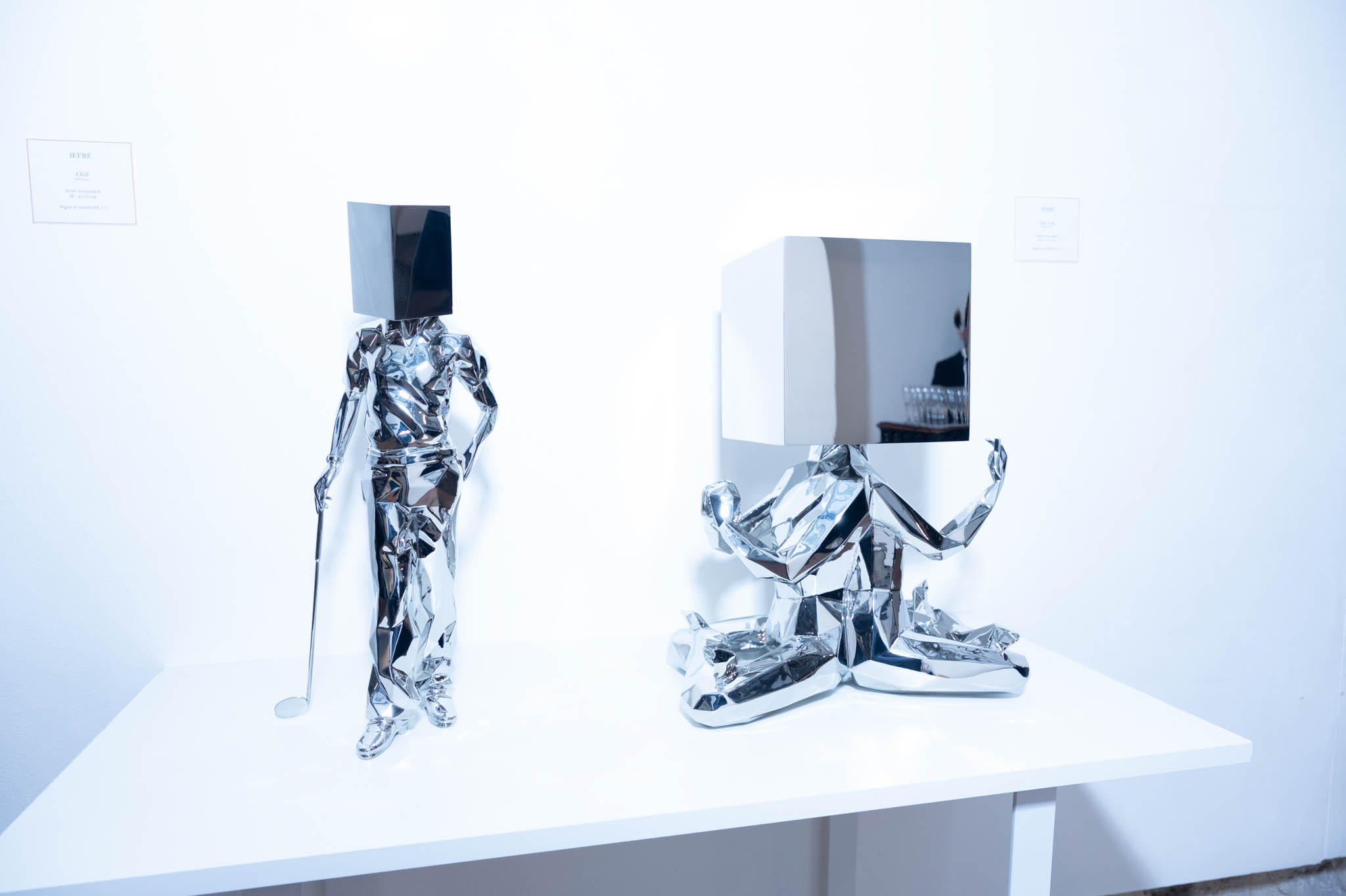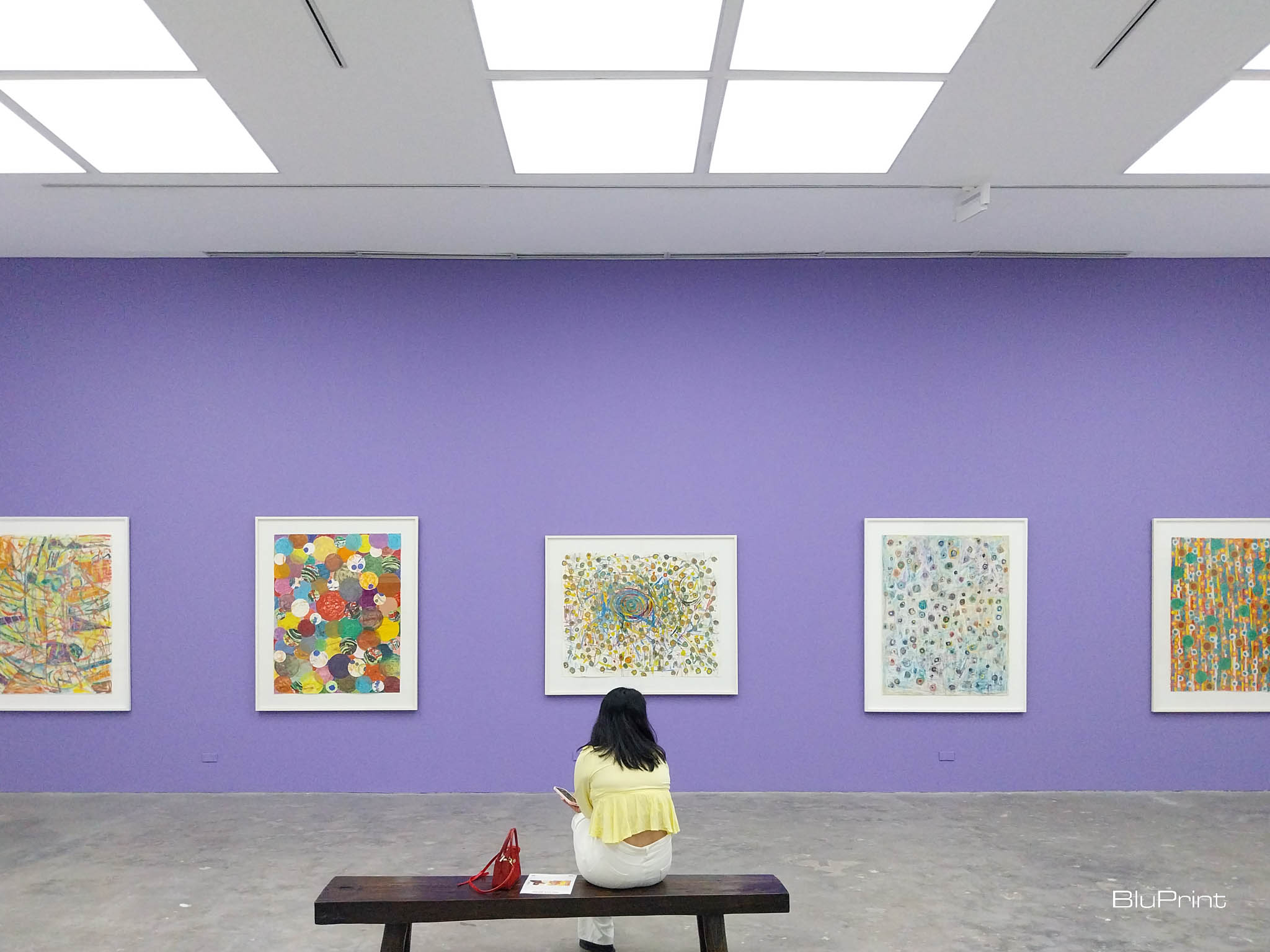
Contemporary Arts in the Philippines: An Introduction
Contemporary arts in the Philippines encapsulate a vibrant and diverse spectrum of artistic expressions. They reflect the nation’s rich cultural heritage, social issues, and modern-day challenges. Characterized by its dynamic use of various mediums, styles, and themes, Philippine contemporary art transcends traditional boundaries to explore new forms of expression. Accordingly, this period of art is particularly marked by its engagement with current events, technology, and globalization.
Evolution and Development of Contemporary Arts in the Philippines
The late 1960s and early 1970s are recognized as a pivotal era for contemporary arts in the Philippines. It marks a departure from classical forms and the emergence of new artistic movements. At the same time, it was an era of significant social and political change, which artists responded to with innovation and critical discourse.
The period saw the rise of influential artists and collectives who challenged the status quo. They experimented with new materials and techniques, and addressed pressing societal issues through their work. As a result, they laid the groundwork for a flourishing contemporary art scene that continues to evolve, reflecting the complexities of Philippine society and contributing to the global art landscape.
Pre-war Period Influence
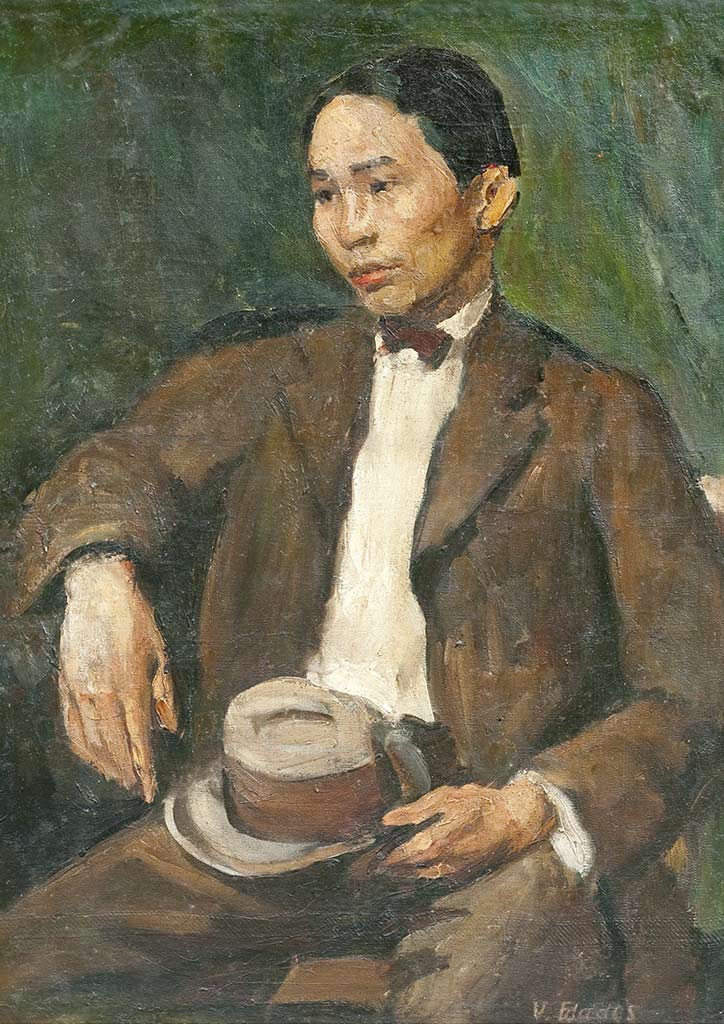

The pre-war era in the Philippines witnessed the emergence of the “Triumvirate” – Victorio Edades, Carlos “Botong” Francisco, and Galo Ocampo. These pioneering artists broke away from the conservative art norms of the time, introducing modernist concepts and techniques. Their works, characterized by bold experimentation and a departure from classical themes, laid the groundwork for modern Philippine art, influencing generations of artists to come.
Post-war Innovations

The post-war period saw significant contributions from six artists associated with the Philippine Art Gallery (PAG) in Ermita, Manila. Cesar Legaspi, Hernando Ocampo, Ramon Estella, Romeo Tabuena, Vicente Manansala, and Victor Oteyza were instrumental in furthering the modernist movement. Each brought their unique perspective and innovative techniques to the fore. Their collective efforts helped diversify the artistic landscape in Philippine art. They blended local themes with modernist styles to create art reflective of the nation’s post-war reality.
International Recognition
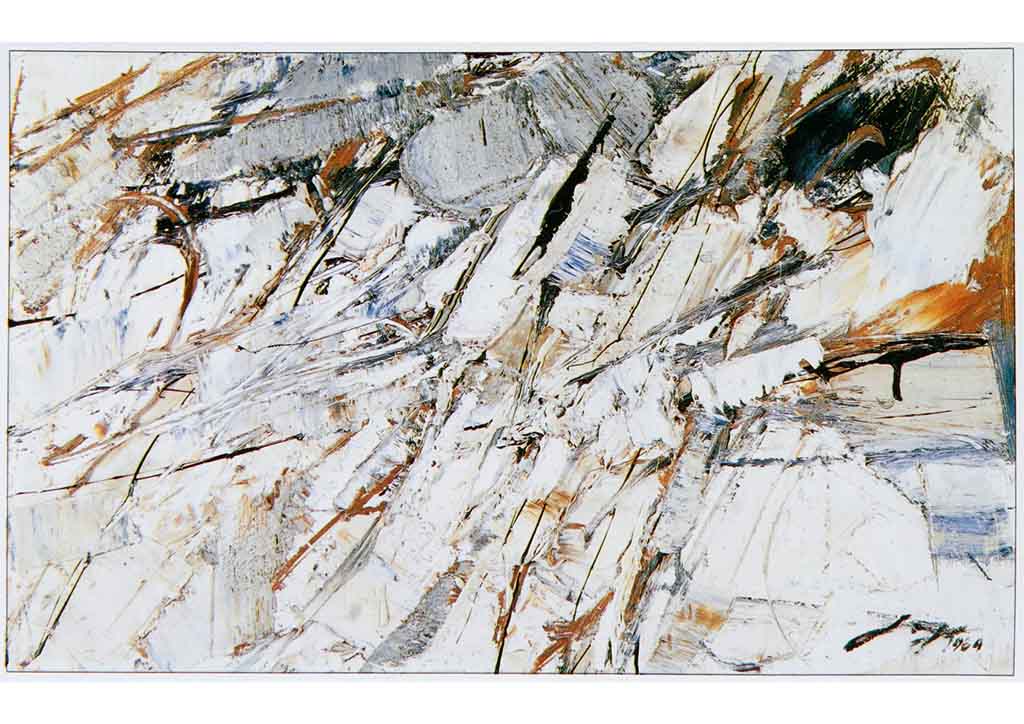
The international stage took notice of Philippine art with the landmark participation of Jose Joya and Napoleon Abueva at the 1964 Venice Biennial. Earning critical acclaim, Joya’s abstract expressionist works and Abueva’s modernist sculptures showcased burgeoning contemporary arts in the Philippines to the world. This participation marked a significant milestone for Joya and Abueva, and for Philippine art as a whole. It heralded its arrival on the global art scene, fostering international collaborations and exhibitions.
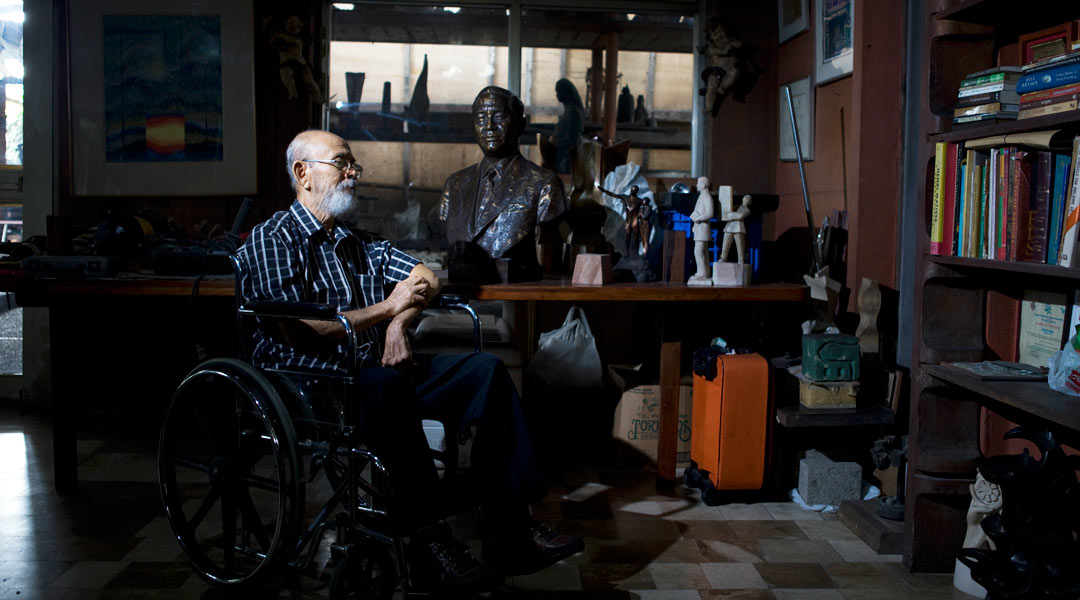
These pivotal moments in Philippine art history highlight a journey of evolution and innovation. From the groundbreaking works of the “Triumvirate” to the international acclaim of Joya and Abueva, the legacy of these artists continues to inspire and shape the vibrant, diverse, and dynamic contemporary art scene in the Philippines.
Key Institutions and Movements in Philippine Art
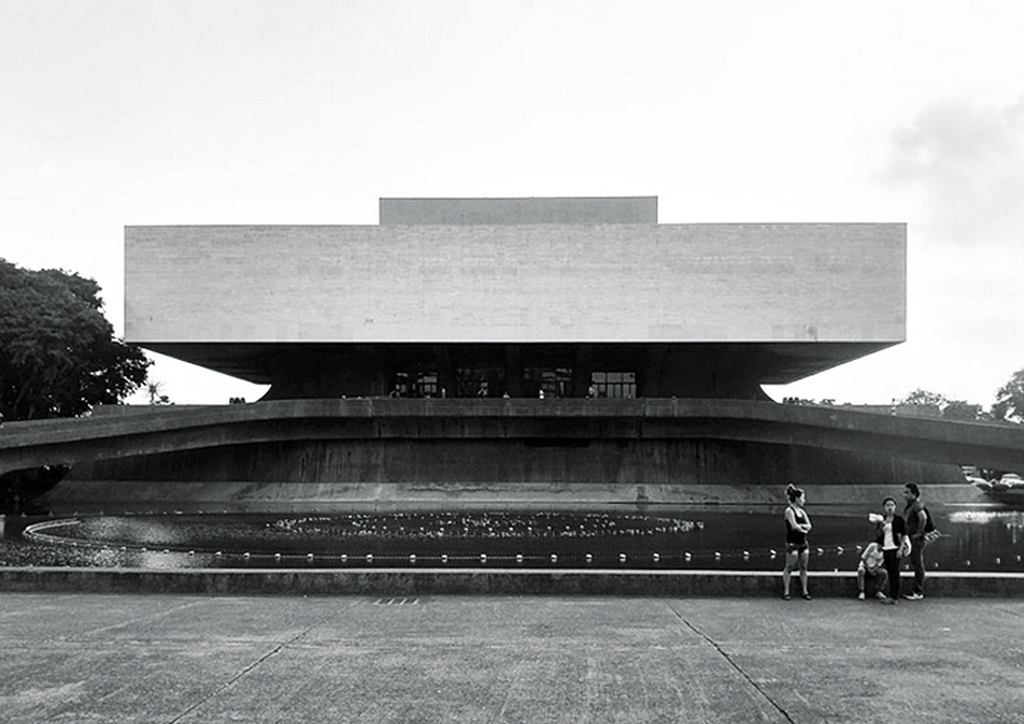
The Cultural Center of the Philippines (CCP), established during the term of President Ferdinand Marcos, plays a pivotal role in promoting Philippine art and artists. Since its founding, the CCP offered a platform for artists to showcase their work, from Filipino traditional art to contemporary forms. Its impact extends beyond exhibitions, encompassing performances, workshops, and educational programs. All foster a deeper appreciation and understanding of Philippine art across diverse audiences.
Under the guidance of Raymundo Albano, the CCP saw innovative curatorial practices and the birth of Developmental Art. These challenged traditional Filipino art forms and embraced experimentation. Albano’s “Art of the Regions” initiative sought to decentralize the art scene, highlighting regional artists and their unique contributions. This approach diversified the types of art showcased and broadened the audience for Philippine art. It made it more inclusive and reflective of the nation’s rich cultural tapestry.
Conversely, Alice Guillermo defined social realism in the Philippine context as an artistic movement that captures the struggles and aspirations of the marginalized. The collective Kaisahan, embodying this definition, used art as a means of social commentary and activism. It addressed issues of poverty, injustice, and political strife. Their work is a testament to the power of art in effecting societal awareness and change, highlighting the critical role of artists as social commentators and activists.
Independent Art Spaces and Collectives
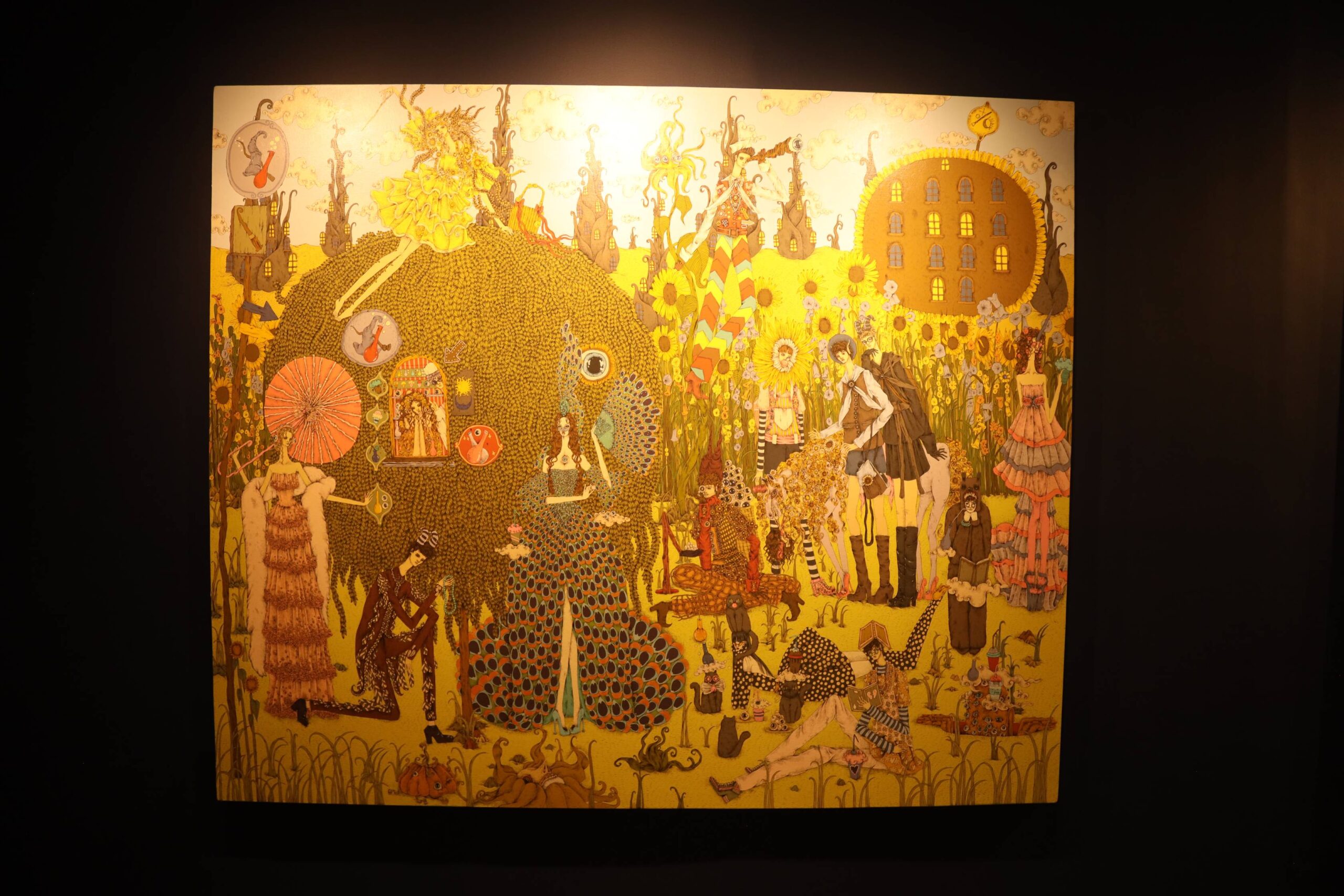
The late 1990s and early 2000s witnessed the emergence of independent art spaces and artist collectives. Among them, Green Papaya Art Projects, provided alternative venues for artistic expression and collaboration. These spaces fostered a sense of community among artists, encouraging experimentation and multidisciplinary projects. They played a crucial role in expanding the reach of contemporary arts in the Philippines, making it accessible to a broader audience and further enriching the country’s art scene.
By now, Philippine art showcased a remarkable diversity in themes, materials, and forms, reflecting a blend of traditional Filipino art and modern innovations. Artists freely navigated through a variety of mediums, ranging from classical painting and sculpture, to digital art and multimedia installations. This eclectic mix highlighted the Philippines’ rich cultural heritage while addressing contemporary issues.
Multimedia Arts: Pushing the Boundaries of Traditional Filipino Art
By incorporating video, sound, and interactive technology, artists engage audiences in immersive experiences that traditional mediums cannot offer. This expansion into digital and multimedia forms allows for a more dynamic exploration of topics relevant to the modern world. They include identity, migration, and the impact of technology.
Moreover, the integration of these new forms and technologies with traditional Filipino art elements creates a unique and vibrant art scene. It challenges artists and audiences alike to reconsider the definition of art and its role in society, ensuring that Philippine art remains relevant and responsive to the changing times.
Art Appreciation and Public Engagement
By engaging with contemporary and traditional Filipino art, individuals gain insights into the cultural, historical, and social contexts that shape the contemporary arts in the Philippines. Appreciation involves observing, interpreting, and connecting with the emotions, stories, and values depicted in various art forms. This process enriches our cultural literacy and fosters a deeper connection to our heritage and contemporary societal issues.
Moreover, galleries, museums, and art fairs are instrumental in promoting Philippine traditional arts and contemporary expressions. These venues serve as accessible platforms for the public to encounter and engage with art. Galleries often focus on showcasing contemporary artists, offering them a space to explore and present their work to diverse audiences.
Museums play a crucial role in preserving and displaying traditional Filipino art, providing educational resources that help visitors understand the historical and cultural significance of these works. On the other hand, Art fairs, offer a dynamic environment. Artists, collectors, and art enthusiasts can converge, facilitating the discovery of new talent and the exchange of ideas.
Together, these institutions contribute to a vibrant art ecosystem in the Philippines. They support artists by providing visibility and opportunities for collaboration while educating and engaging the public. Through exhibitions, workshops, and interactive events, they encourage active participation in the arts. Perhaps more importantly, they foster a culture of appreciation that spans the rich tapestry of Filipino artistic heritage and its evolving contemporary landscape.
Icons of Contemporary Arts in the Philippines and Their Contributions
Vincente Manansala
Posthumously declared a National Artist in 1981, Vicente “Mang Enteng” Silva Manansala rose to become one of the most financially successful artists of his generation. His art, deeply rooted in the socio-economic shifts of the late-19th century, spanned genres such as landscape, still life, and portraiture. His signature “Transparent Cubism,” learned in Paris from Fernand Leger, used cubistic shapes to create a decorative, overlapping effect.
Known for his charming and gallant demeanor, Manansala combined the academic rigor of his schooling with the lively street language of his youth. Over the course of his career, his unique artistic style greatly resonated with both high society and ordinary people.
His genre scenes, often depicting cockfighters, street vendors, and families in humble settings, established him as a master of genre. But his works also carried a social critique, reflecting his empathy for the working class. Manansala’s exploration of themes such as the female nude and the crucifixion showcased his range and depth. He balanced commercial demand with personal faith and artistic integrity, elevating simple folk to sophisticated subjects of social change.
Arturo Luz
Arturo Luz, another National Artist for Visual Arts in the Philippines, stands out for his distinctive Modernist approach. Characterized by the simplification of natural forms into geometric shapes, lines, and bold colors, his work reflects his personal artistic journey.
A significant influence on Philippine Modernism as a curator, designer, and educator, he founded pivotal cultural institutions such as the Design Center of the Philippines and the Metropolitan Museum of Manila. These organizations continue to nurture new generations of artists and designers under his Modernist ethos. His works, ranging from genre paintings to geometric sculptures, blend Western and Eastern aesthetics into a minimalist yet profound expression of form and space.
Without a doubt, his meticulous craftsmanship and disciplined design process allowed him to explore various themes. He portrayed cityscapes and abstract landscapes with a consistent stylistic integrity. Collaborating with architect Leandro Locsin, Luz’s artworks harmoniously complemented Locsin’s architectural masterpieces. Further, it illustrates the seamless integration of art and space in Luz’s oeuvre. This synthesis of Western modernism and Eastern principles, particularly Zen aesthetics, underscores Luz’s unique position as an artist who successfully married diverse influences into a distinctly Asian Modernist style.
Benedicto Cabrera (BenCab)
Widely known as BenCab, Benedicto Cabrera is a pivotal figure in Philippine contemporary art, celebrated for his profound impact on the scene. Awarded the title of National Artist for Visual Arts, BenCab’s work encompasses a variety of themes, including social commentary, Philippine folklore, and scenes from everyday life.
His style blends realism with expressionistic strokes, capturing the essence of Filipino identity and experience. BenCab’s Sabel series, inspired by a real-life scavenger, stands out as a testament to his ability to humanize marginalized figures. Today, he remains a beloved and respected artist in the Philippines and beyond.
Ronald Ventura
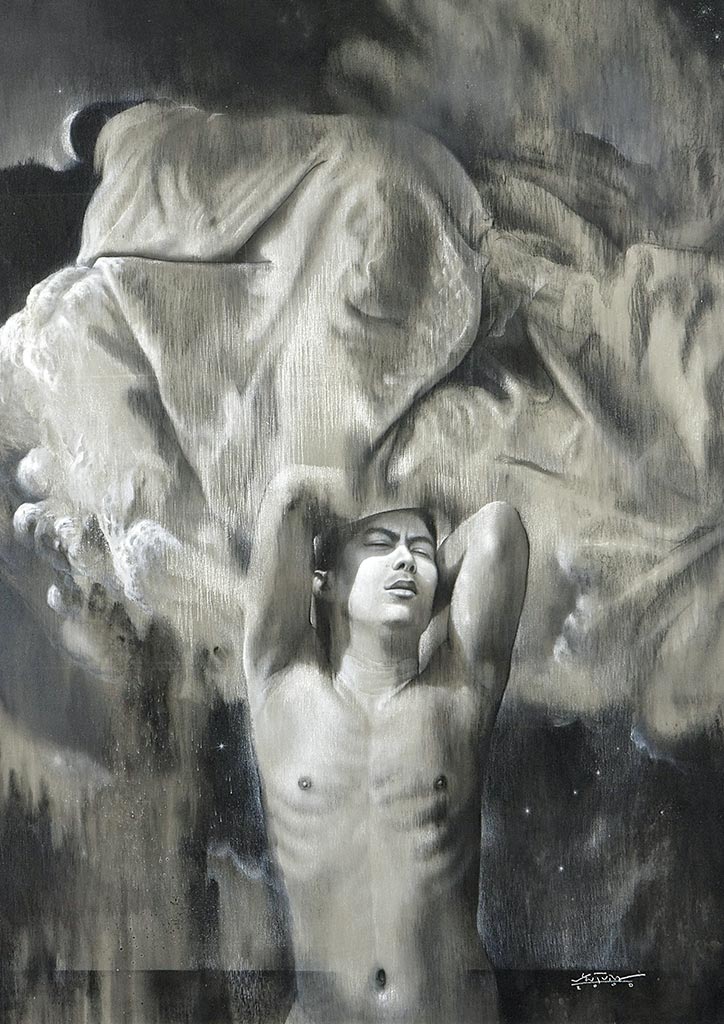
Ronald Ventura emerges as one of the most dynamic contemporary artists from the Philippines. Known for his intricate, layered works, he explores the interplay between reality and fantasy. Ventura combines hyperrealism with cartoons and graffiti. He creates complex, visually arresting pieces that delve into issues of identity, consumerism, and the clash of cultures. His record-breaking sales at auctions speak to his global appeal, and his contributions significantly elevate the status of Philippine art on the international stage.
Nona Garcia
Nona Garcia is renowned for her ability to capture the ephemeral and the overlooked in her photorealistic paintings and installations. Garcia’s work often investigates themes of memory, displacement, and the passage of time. Furthermore, she employs a range of media from traditional paint to x-rays. Her meticulous attention to detail and skill in rendering subjects invite viewers to reconsider their relationship with the ordinary. Garcia’s exploration of transparency and obscurity serves as a metaphor for the complexities of human experience.
These artists exemplify the rich diversity and vibrancy of the Philippine contemporary art scene. As a result, through their unique styles and profound thematic explorations, they each contribute to broadening the appreciation and understanding of Filipino art. Their works reflect the socio-cultural landscape and engage with universal themes that resonate with a global audience.
Contemporary Art’s Role in Society
As noted, contemporary art acts as a mirror to reflect societal issues. It is a catalyst for critical thinking and a vehicle for promoting cultural heritage. Through various forms and expressions, contemporary artists challenge viewers to confront social, political, and environmental issues. They stimulate dialogue, fostering a deeper understanding of the world around us. Altogether, this engagement encourages audiences to question assumptions, consider different perspectives, and engage in critical discourse about pressing global and local concerns.
Moreover, contemporary art serves as a steward of cultural heritage, preserving traditional practices while integrating them into modern contexts. Artists often draw on historical themes, techniques, and motifs, reinterpreting them through a contemporary lens. This fusion of past and present enriches the cultural landscape.
Art fairs, galleries, and museums support artists and generate revenue for communities. This enhances the vibrancy of urban environments and contributing to the growth of creative economies. Art tourism, in particular, is a pivotal aspect of cultural exchange. It draws visitors keen to experience the rich artistic heritage and dynamic contemporary art scenes of different regions.
In summary, contemporary art’s role in society extends far beyond aesthetic appreciation, impacting economic development, cultural preservation, and intellectual engagement. Its capacity to reflect and shape societal values underscores the importance of supporting and fostering the arts within communities worldwide.
The Future of Contemporary Arts in the Philippines
The future of Philippine art is poised for exciting developments. Driven by emerging trends such as digital art and increased global recognition, artists increasingly leverage technologies to create innovative works. They blend traditional Filipino art with various media to explore new dimensions of expression. This digital shift expands the creative possibilities and democratizes art by making it more accessible to wider audiences.
Furthermore, contemporary arts in the Philippines are gaining significant international attention. Filipino artists prominently feature in global exhibitions, biennales, and art fairs. This global recognition fosters cross-cultural dialogues and opens up opportunities for collaboration, positioning Philippine art firmly on the world stage.
The potential of art as a tool for social change and sustainability is increasingly recognized. Artists are using their platforms to address environmental concerns, advocate for social justice, and promote sustainable practices. Consequently, they inspire communities to reflect on pressing issues and envision a more sustainable future.
Philippine Art in the Global Context
Significantly, Philippine contemporary art contributes to the global art scene. It showcases the unique cultural heritage and diverse perspectives of the Filipino people. The infusion of local themes with universal concerns resonates with international audiences, highlighting the rich cultural narrative of the Philippines.
Conversely, the adoption of new media and technique express thematic explorations of global issues such as migration, identity, and climate change. This global-local interplay enriches the artistic discourse, allowing Filipino artists to contribute meaningful insights to the global conversation.
Cultural exchange and global recognition of Filipino artists promote understanding and appreciation across cultures. As Filipino artists participate in international platforms, they showcase the vibrancy of Philippine art. Furthermore, their work also facilitates cultural exchanges that foster mutual respect and understanding among nations.
In conclusion, the future of contemporary arts in the Philippines is bright. Digital innovation, global recognition, and the power of art for social change all pave the way for a dynamic and impactful art scene. Philippine art continues to evolve in the global context. Today, it remains a powerful medium for cultural expression and dialogue, reflecting the nation’s unique identity while engaging the broader global community.
Read more: Art Fair Philippines 2024 Opens to the Public This Weekend



